Siberia’s ‘Gateway to Hell’ is rapidly expanding in size, scientists discover
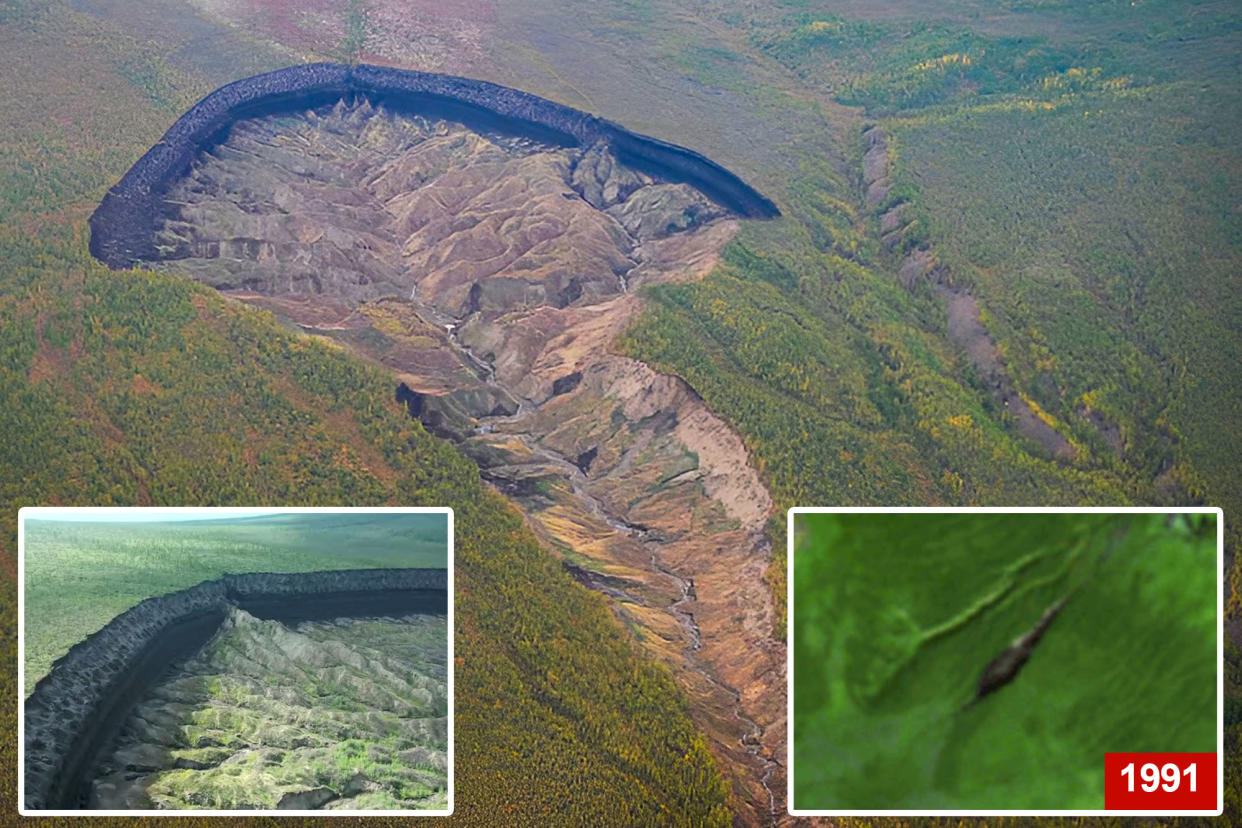
A crater in Siberia is expanding faster than anticipated due to climate change, scientists have discovered, saying it now poses problems for the surrounding habitat.
The Batagaika slump, known as the “Gateway to Hell” and located in the freezing Yana Highlands, currently covers about 200 acres of land and can be seen in satellite images captured from space.
The crater was first detected on images taken in 1991 and has been growing in both width and depth since that time as global warming causes permafrost (frozen soil sediment) to melt.
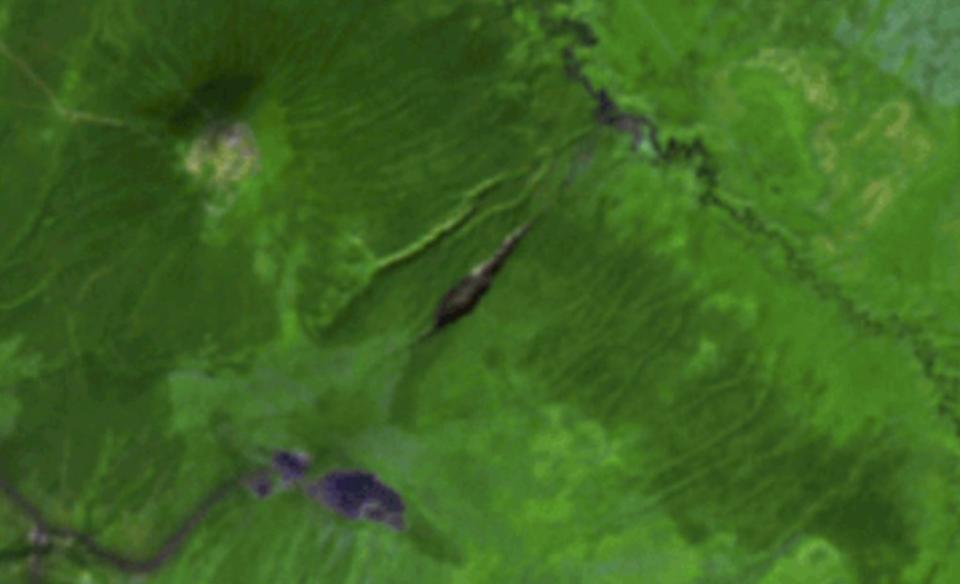
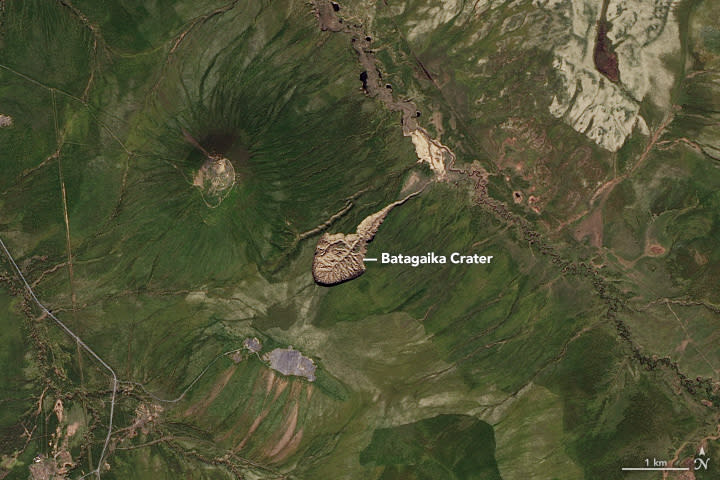
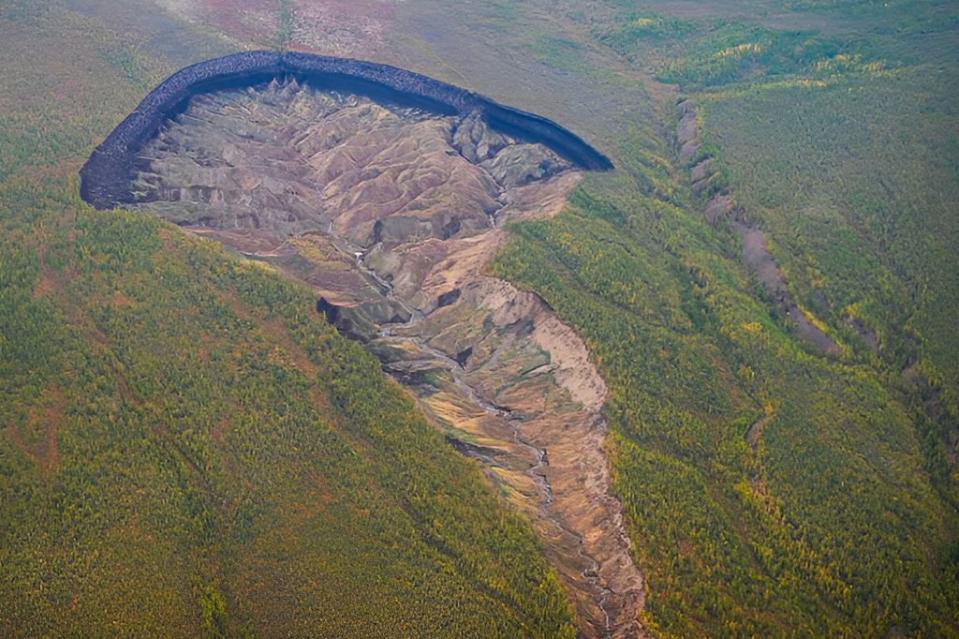
In a new study, published in Geomorphology, glaciologist Alexander Kizyakov and his team used remote sensing and field data from lab samples captured in 2019 and 2023 to create a a 3D view of the permafrost’s melting speed.
They uncovered that the crater is an astonishing 300 feet deep and that there is little room for it to grow deeper because permafrost melt has almost reached the bedrock at the bottom.
However, the crater is continuing to expand outward at an “accelerated rate.”
“The volume of the bowl-shaped retrogressive thaw slump (RTS) increases by approximately 1 million cubic meters per year,” Kizyakov wrote in the study.
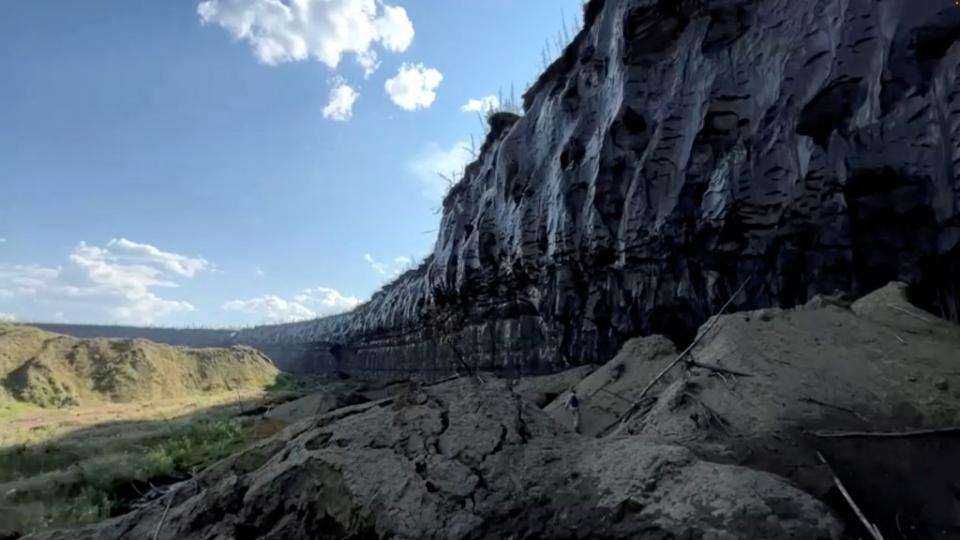
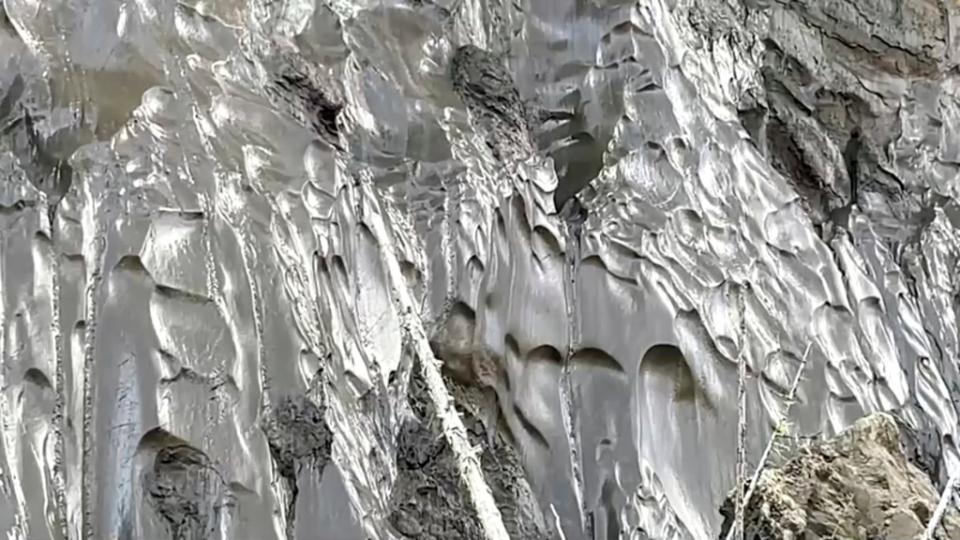
This will pose problems for the nearby Batagay River, as it will increase erosion on the riverbank and affect the surrounding habitat.
Kizyakov and his team noted that the rapidly expanding crater could also increase greenhouse gas emissions, as frozen nutrients thaw and are released into the atmosphere.
They estimate that 4,000 to 5,000 tons of previously permafrost-locked organic carbon is currently released annually, with that number likely to increase each year.

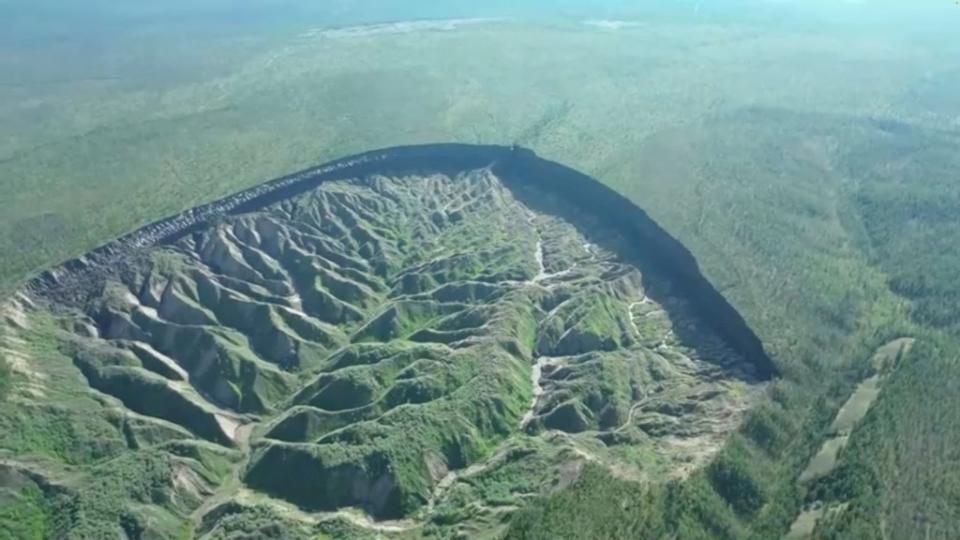
Nikita Tananaev, a researcher at the Melnikov Permafrost Institute in Yakutsk, Russia, who was not involved in this study, told Atlas Obscura that he’s not surprised by the crater’s expansion.
“As we observe the current climate over the Verkhoyansk Range, in the vicinity of Batagay megaslump, there is no surprise that the feature is growing this fast,” Tananaev says.
Temperatures in the area have been above average in recent years.
“Higher retreat rates are expected to continue since we expect some more years with extremely high air temperature in this region to occur,” he stated.


